100 Terms of Industry 4.0 (No. 777)
English: Edge Computing; Fog Computing
Chinese: 边缘计算;雾计算
(This entry is compiled by the “100 Terms of Industry 4.0” editorial team, copyright belongs to “Knowledge Automation”. Suggestions from the industry are welcome.)
Cloud computing is currently very popular. Fog computing has emerged to openly challenge it, and even haze computing might be brought up as a joke. Will this become a mainstream form of computing, or is it merely a pursuit of conceptual correspondence? It is precisely at this time of discussion and practice that “edge computing“ has entered the fray, becoming another dazzling concept. In November 2016, the Edge Computing Consortium was established in Beijing, initiated by six founding companies: Huawei, Shenyang Automation Institute, Intel, ARM, the China Academy of Information and Communications Technology, and Inspur. This quickly became a hot topic of interest.
Starting from Distributed Computing
Edge computing is not a new term. As a content delivery network (CDN) and cloud service provider, AKAMAI collaborated with IBM on “edge computing” as early as 2003. As one of the world’s largest distributed computing service providers, it handled 15-30% of global internet traffic at that time. In an internal research project, it proposed the purpose and problem-solving capabilities of “edge computing” and provided edge-based services through AKAMAI and IBM on its WebSphere platform.
Definition of 100 Terms of Industry 4.0
Compared to cloud computing, which places data in remote cloud servers, edge computing refers to an open platform that integrates networking, computing, storage, and application core capabilities, providing services close to the source of data or objects. Applications initiated at the edge generate faster network service responses, meeting the basic needs of industries in real-time business, application intelligence, security, and privacy protection. Edge computing exists between physical entities and industrial connections, or at the top of physical entities. Cloud computing can still access historical data from edge computing.
Note: Some content in this definition is sourced from Hai Bin, director of Shenyang Automation Institute, and others.
For the Internet of Things (IoT), breakthroughs in edge computing technology mean that many controls will be achieved through local devices without relying on the cloud, with processing occurring at the local edge computing layer. This will undoubtedly greatly enhance processing efficiency and reduce the load on the cloud. Being closer to users also allows for faster responses, addressing demands at the edge.
Edge Computing vs. Cloud Computing
Internationally, companies like Cisco focus on fog computing. Cisco is no longer a founding member of the Industrial Internet Consortium but has concentrated on leading the OpenFog Consortium.
Whether it is cloud, fog, or edge computing, they are merely methods or models to achieve the computing technologies required for IoT and smart manufacturing. Strictly speaking, fog computing and edge computing do not have essential differences; both provide computing close to the application site. Essentially, they are both relative to cloud computing.

Figure 1: Paradigm of Cloud Computing
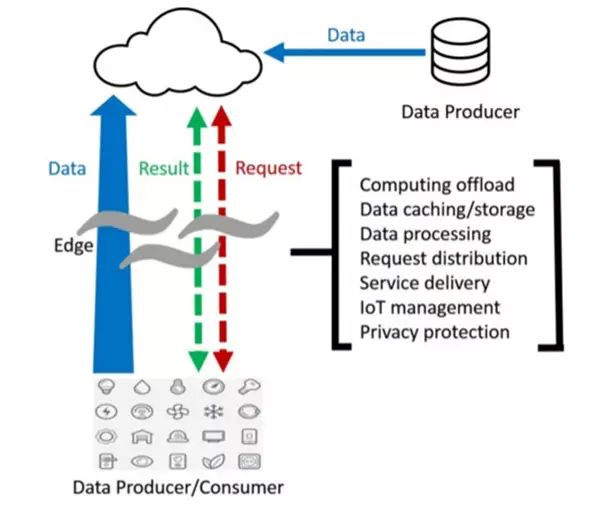
Figure 2: Paradigm of Edge Computing
From the computing paradigms of both, it can be seen that data computation at the edge becomes rich and diverse. This creates a whole new space for imagination.
IoT Applications Drive Development
The rapid development of smartphones globally has propelled the growth of mobile terminals and “edge computing”. The intelligent society characterized by the interconnection and perception of all things has emerged alongside the development of IoT, and thus edge computing systems have come into being.
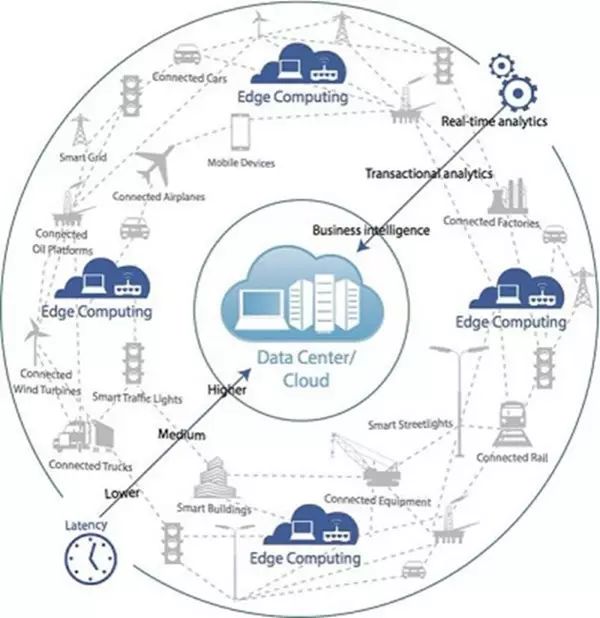
Figure 3: The Position of Edge Computing in Overall Computing
In fact, the concept of IoT has been proposed for over 15 years, yet it has not become a hot application. The transition from concept to actual application is lengthy, with matching technologies, product costs, acceptance levels, and trial-and-error processes being time-consuming, which often prevents the rapid formation of a large-scale market.
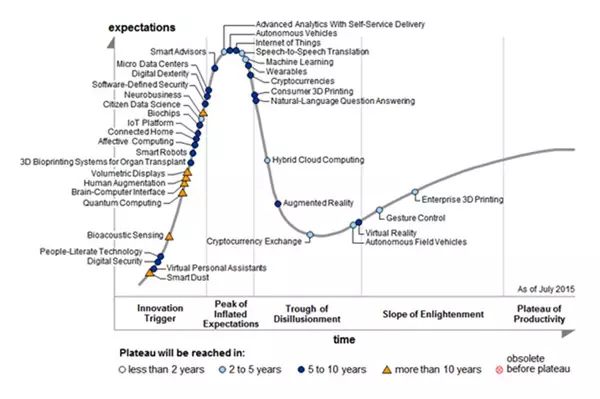
Figure 4: Gartner’s Technology Maturity Curve
According to Gartner’s technology maturity curve theory, by 2015, IoT had reached its peak position conceptually. Therefore, the large-scale application of IoT is beginning to accelerate. In the next 5-10 years, IoT is expected to enter a period of explosive application, and edge computing is anticipated to see more applications as well.
Architecture of Edge Computing
In China, the Edge Computing Consortium (ECC) is working to promote the integration of three technologies, namely the integration of OICT (Operational, Information, Communication Technology). Its computing objects are primarily defined in four domains. The first is the device domain, where the emerging pure IoT devices differ from automated I/O collection but also have overlapping aspects. Those that can be directly used for top-level optimization without participating in control can be processed directly at the edge. The second is the network domain. In terms of transmission, the direct end IoT data and data from automated production lines have different transmission methods, mechanisms, and protocols, so the issue of data transmission standards must be resolved. Of course, under the OPC UA architecture, direct access to underlying automation data is possible, but for web data interaction, there will be coordination issues between IT and OT. Although some leading automation companies have already provided mechanisms for web-based data transmission, most on-site data still face these issues. The third is the data domain, which includes issues related to data storage, format, and the mechanisms and strategies for data querying and interaction that need to be considered in this area.
The last and most challenging is the application domain, which may currently be the most difficult problem to solve, as there are not many practical applications for this domain’s application model.
The ECC defines a reference architecture for edge computing that includes the four domains of devices, networks, data, and applications. Platform providers mainly offer the hardware and software infrastructure for network interconnection (including buses), computing capabilities, data storage, and applications.
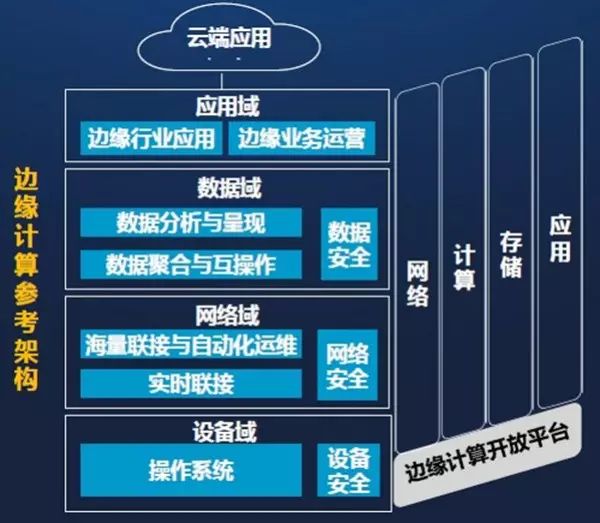
Figure 5: Edge Computing Reference Architecture 1.0
From the perspective of integrating the industrial value chain, ECC proposed CROSS, which aims to achieve real-time business (Real-time), data optimization (Data Optimization), application intelligence (Smart), security, and privacy protection (Security) based on agile connectivity (Connection), bringing value and opportunities to users at the network edge, which is the focus that alliance members should pay attention to.
The Essence of Computing
Automation is fundamentally centered on “control”. Control is based on “signals”, while “computation” is based on data, referring more to “strategies” and “planning”. Therefore, it focuses more on “scheduling, optimization, and paths”. Just like a system that schedules high-speed trains across the country, every increase or decrease in train frequency triggers adjustments in the scheduling system, which is a problem of operations and planning based on time and nodes. The application of edge computing in the industrial field is more of this type of “computation”.
In simple terms, traditional automatic control is based on signal control, while edge computing can be understood as “information-based control”.
It is worth noting that although edge computing and fog computing are said to have low latency, the cycles of 50ms and 100ms are still significant delays for high-precision machine tools, robots, and high-speed graphic printing systems with control tasks of 100μs. From the perspective of the automation industry, the so-called “real-time” of edge computing is unfortunately still categorized as “non-real-time” applications.
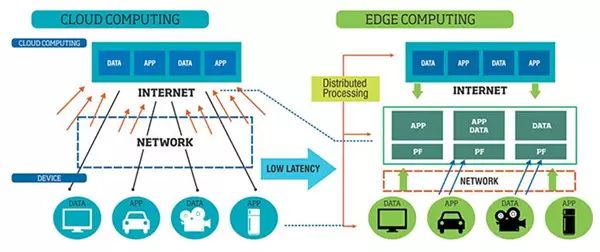
Figure 6: Distinction in Data Processing Between Cloud Computing and Edge Computing
The Edge Computing Industry
Edge computing has developed against the backdrop of high bandwidth, time-sensitive, and IoT integration. The concept of “Edge” was indeed mentioned early on by automation/robotics manufacturers such as ABB, B&R, Schneider, and KUKA, originally intended to encompass IT resources that are “close to users and data sources”. This represents a design extending from traditional automation manufacturers to IT manufacturers. On April 5, 2016, Schneider claimed to have defined the physical infrastructure for edge computing—though it primarily promoted its “micro data center” concept. Other automation manufacturers mentioning computing show a trend of integration with IT, while also incorporating concepts of edge and ubiquity.
IT and OT are indeed permeating each other, as automation manufacturers have begun to extend IT capabilities in their products. Major manufacturers like Bosch, SIEMENS, and GE are also integrating information and digital software platforms, while companies like B&R and Rockwell are providing products and technologies for basic IoT integration and web technology fusion. In fact, IT technology has also begun to integrate bus interfaces, HMI functions, and products such as industrial field transmission device gateways and switches into their offerings.
IoT is viewed as a rapidly growing field for the future, with various Internet-based technologies already emerging. Qualcomm has proposed the Internet of Everything—referred to as IoX. Thus, a new industrial landscape is on the horizon, with the Edge Computing Consortium (ECC) defining its boundaries. Huawei aims to provide computing platforms, including basic networks, cloud, edge servers, transmission devices, and interface standards, while Intel and ARM provide chip and processing capabilities for edge computing. The China Academy of Information and Communications Technology plays the role of integrating transmission protocols and system implementations, while Shenyang Automation Institute and Inspur focus on practical applications.
However, for edge computing/fog computing to take root, especially in industry, “applications” are the core issue. The so-called integration of IT and OT emphasizes applications on the OT side, which are the goals that operational systems aim to achieve.
Great Integration and Division of Labor
In the industrial field, edge application scenarios include energy analysis, logistics planning, and process optimization analysis. For production task allocation, optimal equipment scheduling must be based on production orders, which is the basic task unit of APS or broadly defined MES, requiring extensive computation. These computations will not differ significantly whether they rely on specific MES vendor software platforms or “edge computing” platforms built on web technologies. In a sense, MES systems themselves represent a traditional architecture, and their core can exist in dedicated software systems, cloud, fog, or edge.
In such application scenarios, overall, the division of labor in the application of smart manufacturing and industrial IoT is as follows.
Automation manufacturers provide “data collection”, including the role of data sources, utilizing automation already in distributed I/O collection, bus interconnection, and the native “information” generated by machine production, status, and quality.
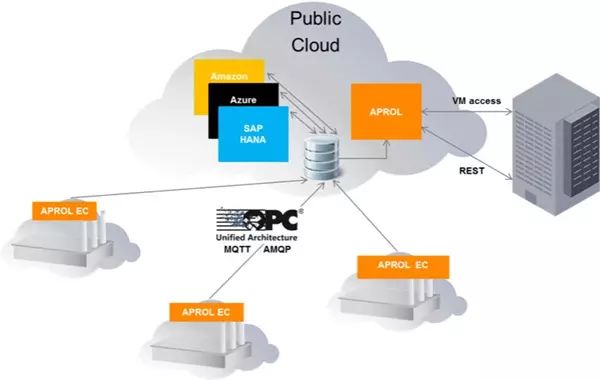
Figure 7: Connection Architecture of Edge Computing (Orange Part)
ICT manufacturers provide “transmission”, achieving industrial connectivity. In terms of how to provide data transmission, storage, and computation, ICT manufacturers have traditional advantages, including cost and cloud platform advantages.
The business experience and knowledge of traditional industrial enterprises provide the basis for analysis software (independent or internal) vendors. Understanding these business processes remains essential. The ultimate goal of the industrial chain’s collaboration is still to solve the core issues of “quality, cost, and delivery”.
Postscript
Incorporating “things” into intelligent interconnection, leveraging the deep collaboration and integration of operational technology (OT) and information and communication technology (ICT), triggers innovations in production and business models, profoundly impacting the entire value chain. Edge computing may be becoming, like the Industrial Internet, an important driver influencing the future industrial landscape.
Related Reading:
100 Essential Terms for Industry 4.0 | New Industrial Concepts
Lean Data | Interpretation of 100 Terms of Industry 4.0
Knowledge Surplus | Interpretation of 100 Terms of Industry 4.0
OT Operational Technology | Interpretation of 100 Terms of Industry 4.0

Author Profile
Song Huazhen: Marketing Manager at B&R, Special Technical Expert at Lianxun Power Consulting Company
Lin Xueping: Beijing Lianxun Power Consulting Company